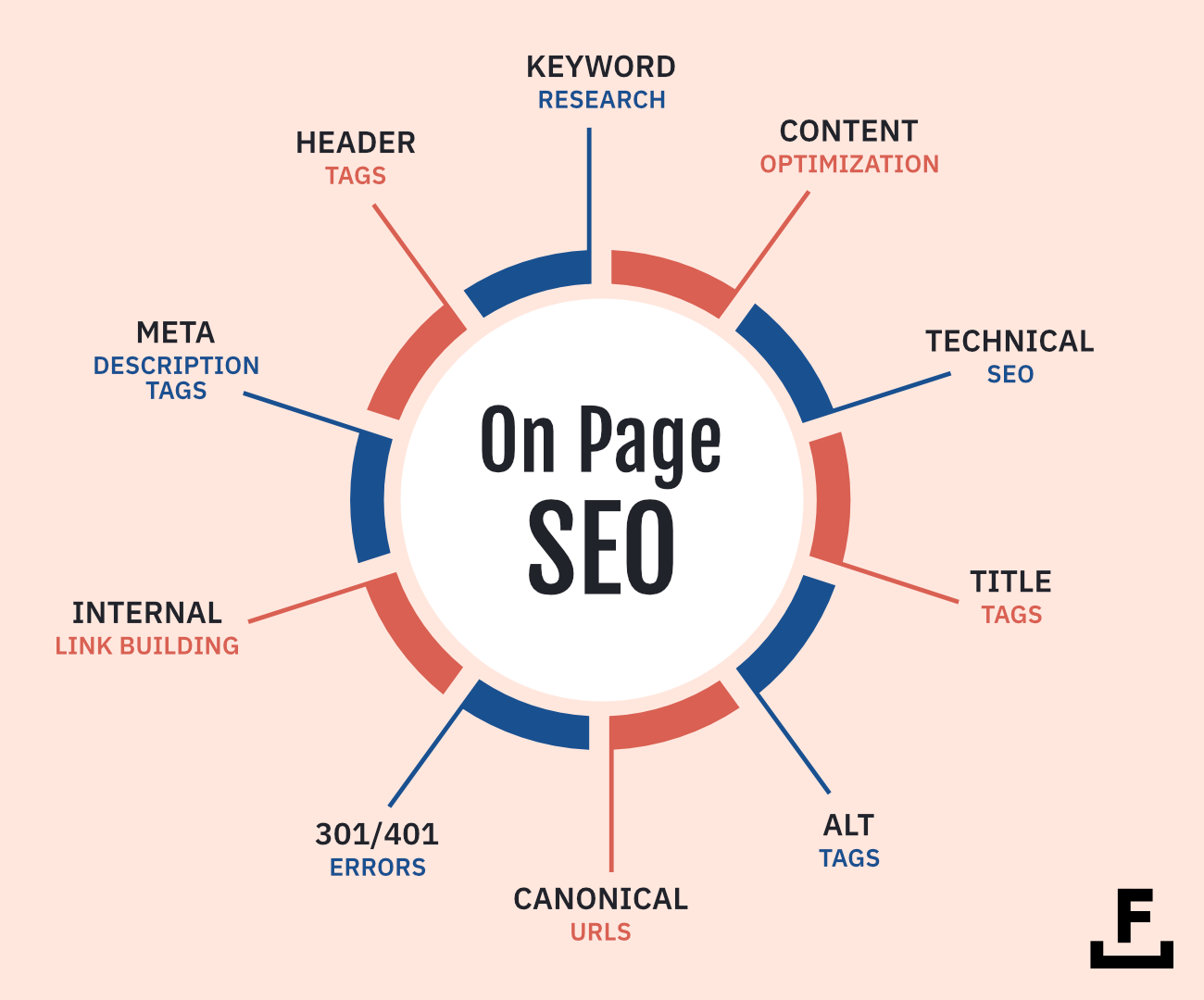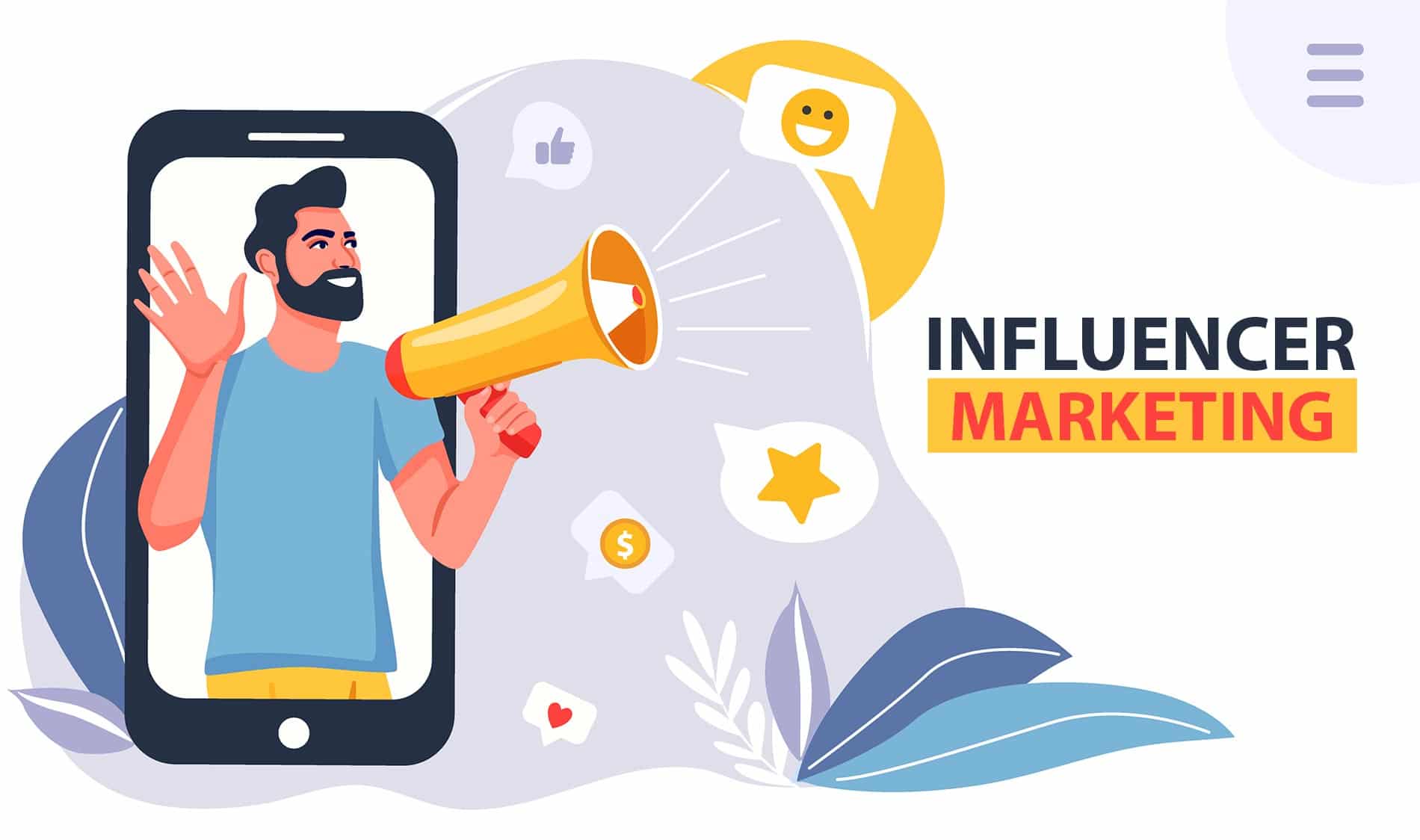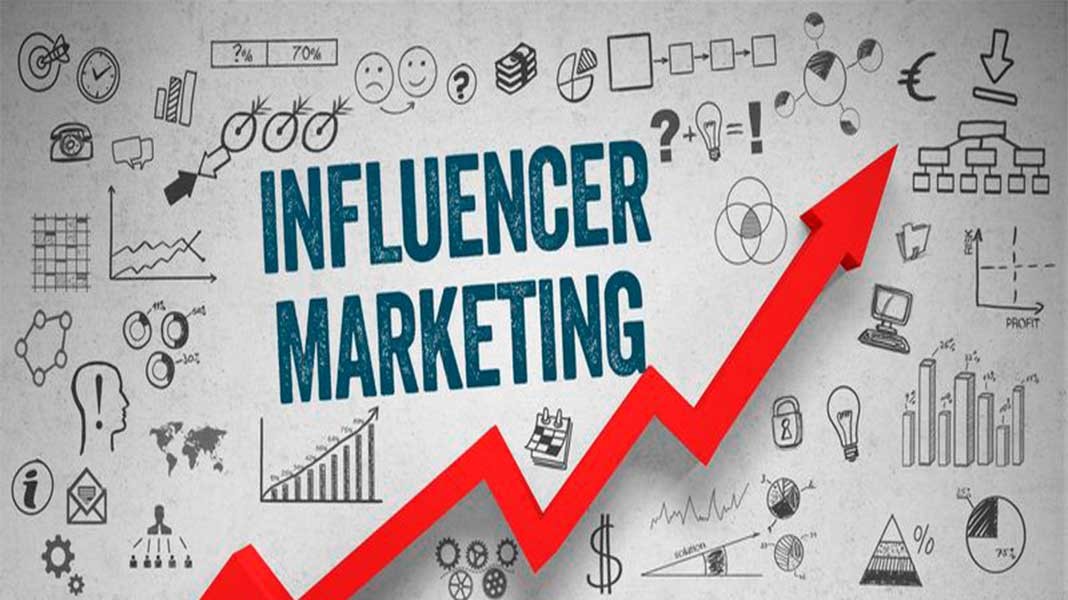On-Page SEO Techniques for Higher Rankings
Getting your website to rank higher on search engines isn’t just about having great content — it’s about optimizing every page so both users and search engines can easily understand what your site is all about. This is where on-page SEO plays a vital role. From tweaking headings to improving load times, on-page SEO sets the foundation for strong digital visibility.
Here’s a breakdown of essential on-page SEO techniques that can help improve your website rankings.
1. Craft Compelling Page Titles and Meta Descriptions
The page title (also called the title tag) is one of the first things both users and search engines notice. A well-written title includes your primary keyword, clearly states what the page is about, and encourages users to click.
Your meta description, while not a ranking factor directly, influences click-through rates. Write a concise summary (around 150–160 characters) that appeals to your audience and includes a call to action if possible.
2. Use Headers to Organize Content
Header tags (H1, H2, H3, etc.) help break your content into sections. They not only improve readability for users but also allow search engines to understand your content’s structure.
- Use H1 for the main topic of the page.
- Use H2 for subheadings.
- Use H3 and beyond for further sub-points.
Always include relevant keywords naturally in your headers, but avoid overstuffing.
3. Focus on High-Quality, Keyword-Rich Content
Content still reigns supreme, but it has to be useful, relevant, and engaging. Focus on answering user intent. Use keywords naturally within your text, but avoid stuffing. It’s better to write for people first and optimize for search engines second.
Use related terms and long-tail variations to help search engines understand the topic in more depth (this is also known as semantic SEO).
4. Optimize URL Structure
Clean, descriptive URLs are easier for both users and search engines to understand. A good URL structure is:
- Short and readable
- Includes target keywords
- Uses hyphens to separate words
For example, use: yourwebsite.com/on-page-seo-tips instead of: yourwebsite.com/page?id=123&ref=seo
5. Improve Internal Linking
Linking to other pages within your own website helps keep visitors engaged longer and assists search engines in crawling your site. Use descriptive anchor text (the clickable words in a hyperlink) that clearly tells what the linked page is about.
Example: Instead of “click here,” say “read our guide on keyword research.”
6. Optimize Images
Images add visual interest, but they also need to be optimized. Use compressed file sizes for faster loading, and always include alt text that describes the image — not only for accessibility but also for SEO.
Alt text helps search engines understand what your images are about and may even drive traffic from Google Images.
7. Improve Page Speed
Slow websites lose visitors and rankings. Use tools like Google PageSpeed Insights to identify performance issues. Common fixes include:
- Compressing images
- Reducing unnecessary plugins
- Using caching
- Minimizing CSS and JavaScript
Fast-loading pages lead to better user experiences — and better rankings.
8. Make Your Website Mobile-Friendly
A responsive design ensures that your content looks good on all screen sizes. Google uses mobile-first indexing, meaning it looks at your site’s mobile version before the desktop version when determining rankings.
Ensure buttons are easy to tap, text is readable without zooming, and content adjusts to fit smaller screens.
9. Use Schema Markup (If Possible)
Schema is a type of structured data that helps search engines display rich results (like star ratings, FAQs, or event dates) on the search results page. While not essential for every site, it can give you a visibility boost.
Final Thoughts
On-page SEO is not a one-time task — it’s an ongoing process. Regularly audit your content, update outdated information, and stay informed about new ranking signals. By focusing on user experience and technical best practices, your website will be better positioned to climb the ranks and attract the right audience.




